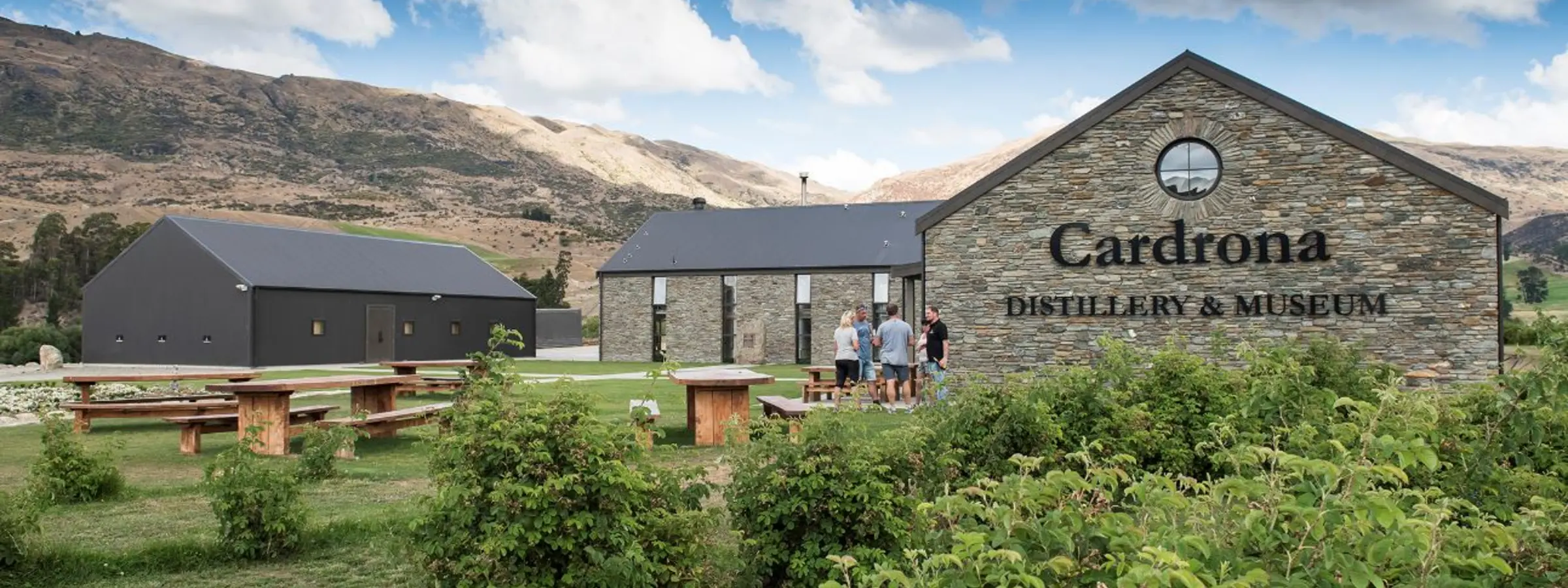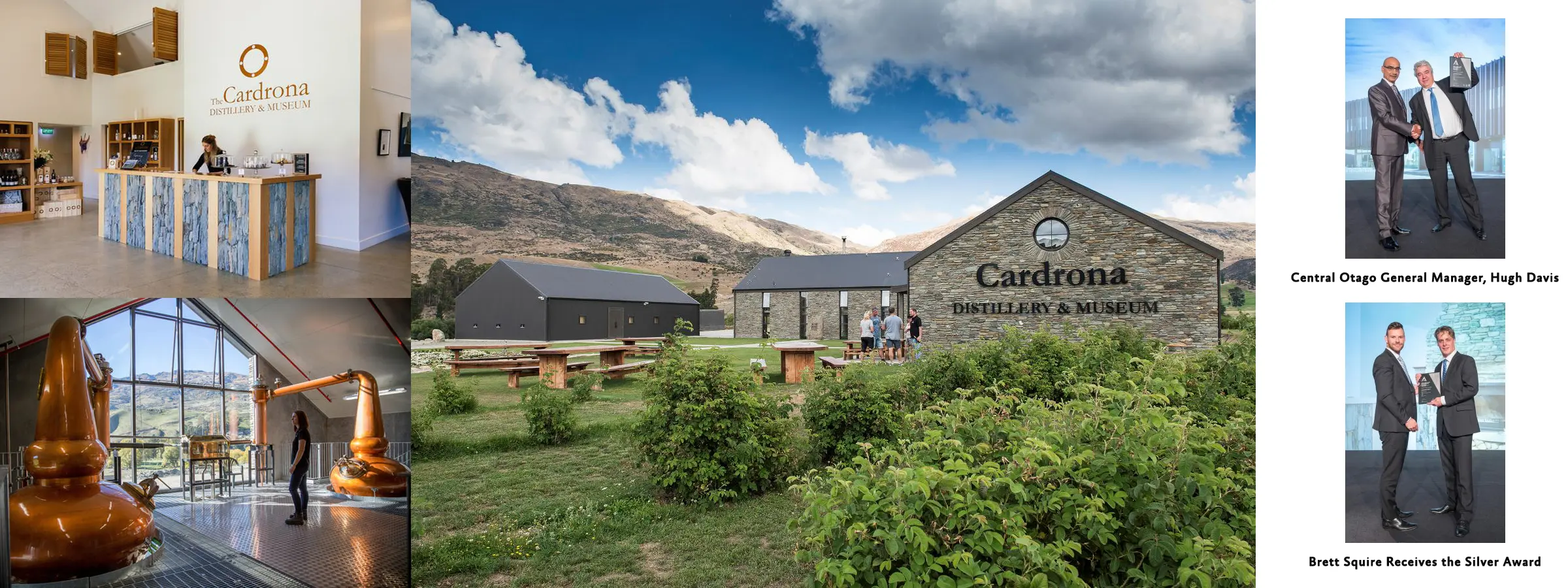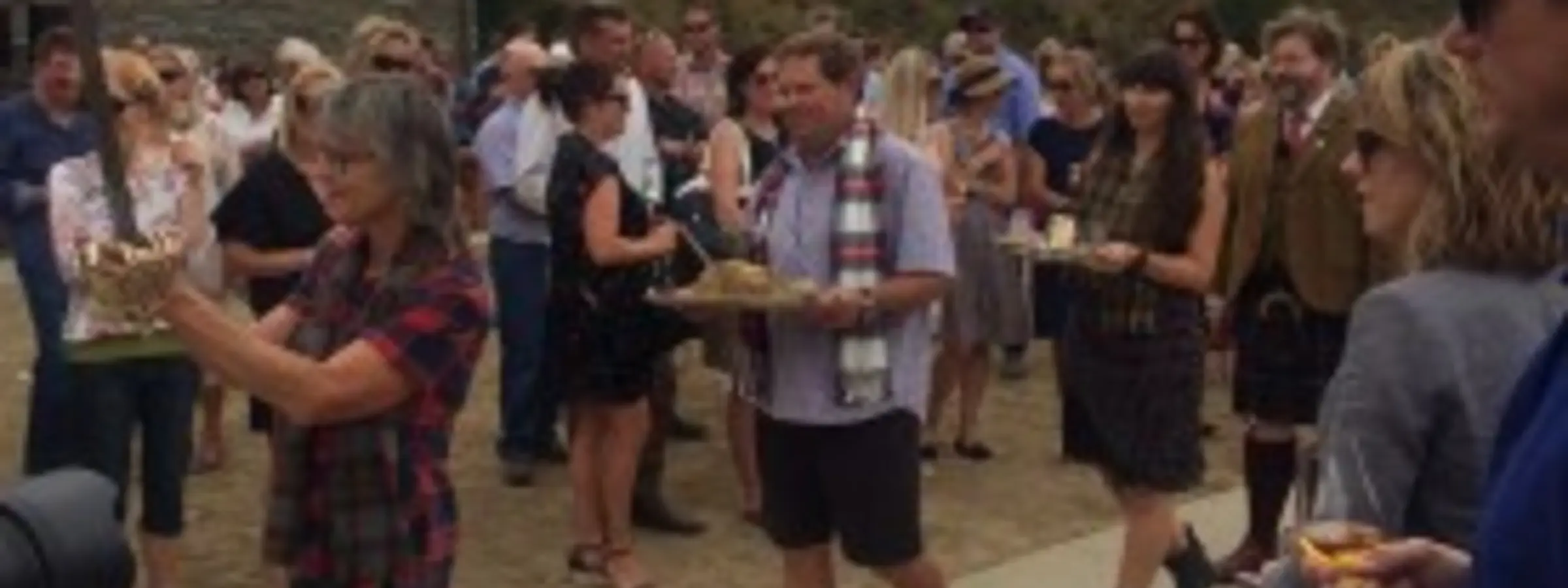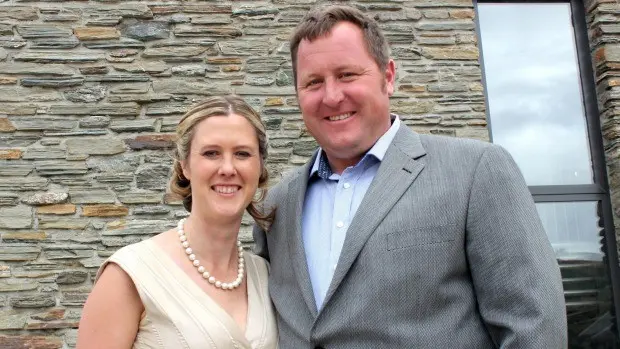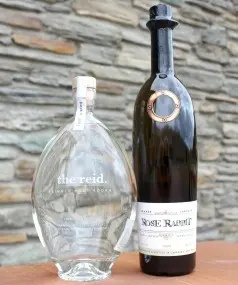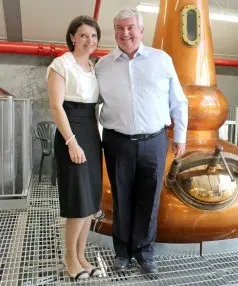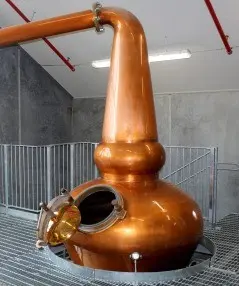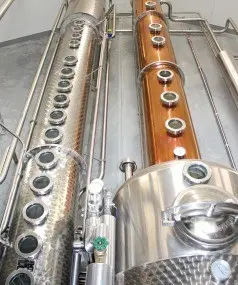News
Inside the Cardrona Distillery: The World's most Southern whisky distillery
Nestled within the Cardrona Valley is a new family venture that is set to put New Zealand on the world whisky map.
The schist walls, fragrant rose gardens and picturesque backdrop provide the perfect residence for the world's most southern whisky distillery, The Cardrona Distillery and Museum.
Birthed from humble beginnings, the distillery officially opened its doors on January 25, 2016, after 15 years in the dreaming and more than four years in the planning.
For mastermind Desiree Whitaker it was a dream come true after she uprooted her life to move to Wanaka and make her mark on the spirit-making industry.
The former dairy farmer from South Canterbury sold her farm in May 2013 and began looking for a site for the distillery.
She says the Queenstown-Lakes District had always held a special place in her heart as her family had holidayed in the area since her father was a child.
"It is also a great place for making whisky. The purity and remoteness of this place make it perfect," she says.
Whitaker spent months researching land in the Cardrona Valley, before finding her 'rock and mentor' in local developer John Lee.
Lee's family have farmed in the valley since the end of World War 1, and he has devoted his life to developing local businesses including the Cardrona Alpine Resort and the Snow Farm.
The spirits currently for sale at the Cardrona Distillery include 'the reid' single malt vodka and 'Rose Rabbit' orange liqueur.
Whitaker says if it was not for the Lee family, the Cardrona Distillery would not be here today
In the end John convinced his daughter, Joanna Jones, to open the family farm map and let me choose where I wanted to go."
Shortly after, Whitaker met husband Ash and forged a business partnership with her parents Alvin and Judith Reid.
"Ash had a very successful contracting business in town. He sold the business and put everything he had into the distillery to make it work," she says.
"My parents also came to the party and put up half of the funding for the project."
"I came from a teetotal family who didn't really drink alcohol. Someone told me recently that it has to be the sign of unconditional love when your teetotal parents invest in a whisky distillery."
The Jacob Carl column still, also called a continuous still.
Building on the distillery started in January 2015, with architecture by Sarah Scott Architects Ltd and construction by Amalgamated Builders Ltd.
With a 3.5 hectare plot and a build value of just over $6 million, The Cardrona Distillery and Museum was to become the only whisky distillery of its size in New Zealand.
Before distilling could begin, the copper pot stills had to be shipped from Forsyths Ltd in Rothes, Scotland, one of the foremost manufacturers of hand-beaten copper stills in the world.
The spirit pot still, more affectionately known as Gentle Annie by the distillery staff.
Third generation Richard Forsyth has managed the company since the mid 70's and attended the distillery opening.
After visiting the Cardrona site, Forsyth says he was shocked to learn that temperatures in the area could reach 40 degrees, and drop to minus 20.
"My guess is the whisky will mature quicker here, but as long as they have the spirit in good wood they will do ok."
As one of the first people to try the new make spirit Forsyth says, "I am not kidding you, it was a nice, sweet spirit and you can tell by the nose, never mind the taste, that it is going to do the business."
Managing the distillery is Forsyth's niece, Jennie Whitlock.
Whitlock joined the Cardrona Distillery team in September 2015, after spending 10 years working in some of Scotland's great distilleries and completing her Institute of Brewing and Distilling Stillman's Certification at Macallan Distillery.
She also has a Masters Degree in History of Art, as well as a Post Graduate Diploma in Museum Curation.
Whitlock says the first few months at Cardrona Distillery have been about becoming familiar with a new, purpose built, smaller distillery.
"The major difference is the level of involvement that every single person has here. That level of involvement results in passion and pride of what you have made."
She says the burning question on everyone's mind is, 'What will the Cardrona Single Malt Whisky be like?'.
"If we had to compare it to a scotch, it would be very much like a Speyside Malt, which is a softer, sweeter style as opposed to a dram where you can smell the ocean air off the glass," Whitlock says.
Whitaker adds that every decision you make along the way influences the character of the whisky.
"It is a culmination of our three raw ingredients; the water, the yeast and the malted barley, and we haven't compromised on any of those ingredients," she says.
"Then with the way that we mill, mash and ferment and the length of time the spirit comes in contact with the copper stills, this will very much make it a single malt, but it will have its own character."
Whitlock says a lot of that character will come from their selection of casks.
The distillery has sourced sherry casks from Gonzalez Byass in Spain, and bourbon barrels from Breckenridge Distillery in Colorado.
"Those casks are in the warehouses for what can be decades and due to the evaporation rate - if something can get out, then something can get in," Whitlock says.
"So when it comes to the time you are pouring that dram from Cardrona Distillery, it will have Cardrona in that glass as well."
The distillery is also using un-peated malt barley brought in from the UK.
"At the moment we are using Concerto and Odyssey which we know have good results with yield and they don't tend to be prone to diseases," Whitlock says.
At this stage, the spirit is crystal-clear and called "new make spirit" and is being filled into the oak casks at a strength of 66 per cent.
The first barrels of Cardrona Single Malt will be available in 2025, with a 10-year-old age statement, in the meantime the distillery is producing a vodka, triple sec, gin and rose oil products.
'the reid' Single Malt Vodka is made from the same grain as the new make spirit and is mixed with Cardrona water.
"It is probably one of the most expensive ways to make vodka," Whitlock says.
"When we first had the Jacob Carl (column) still running and I took the spirit run from it, we thought banoffee pie because you can get the biscuity malt coming through as well as banana."
The 'Rose Rabbit' Orange Liqueur is made from the same Single Malt spirit as the vodka but with macerated orange peel soaked in it for two weeks.
"The name for the Rose Rabbit came from the two colonists of the valley; roses and rabbits, and by god do they thrive here," Whitlock says.
The distillery is also pre-selling the first 100 foundation casks.
Foundation cask purchasers will be the first to savour the taste of this special and rare southern spirit.
A museum of local history is also part of the complex and will be run by the community under the Cardrona Heritage Trust.
Go to cardronadistillery.com for more information.


